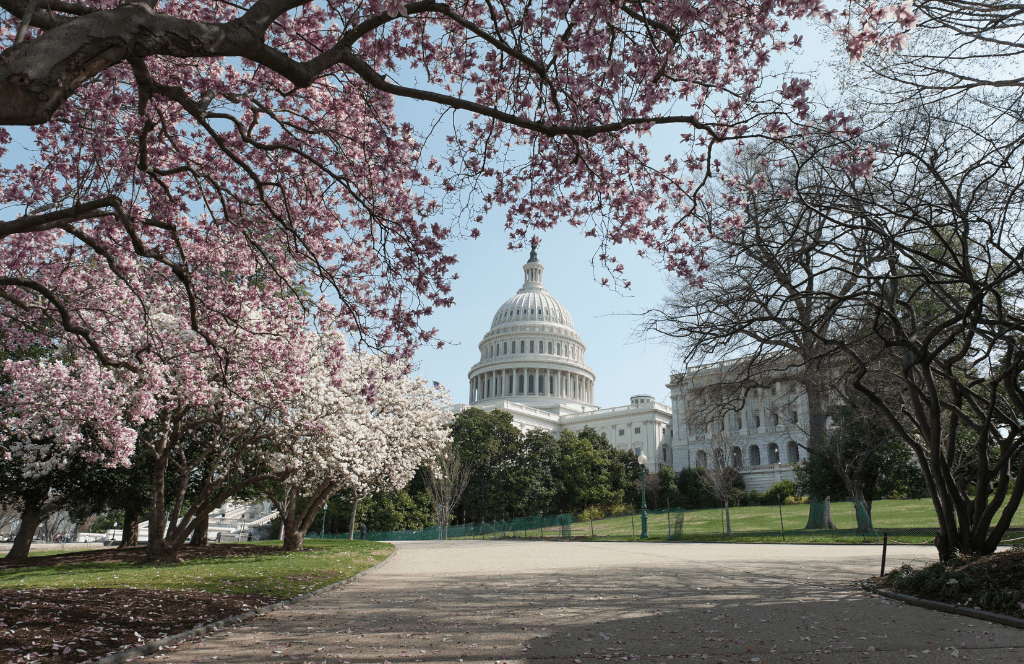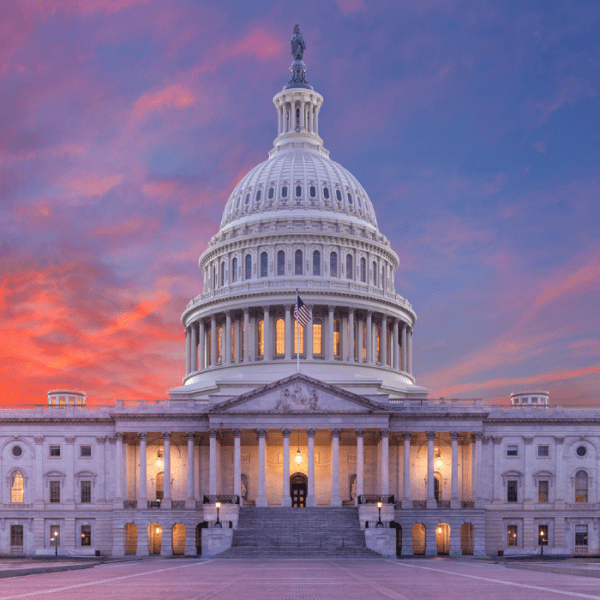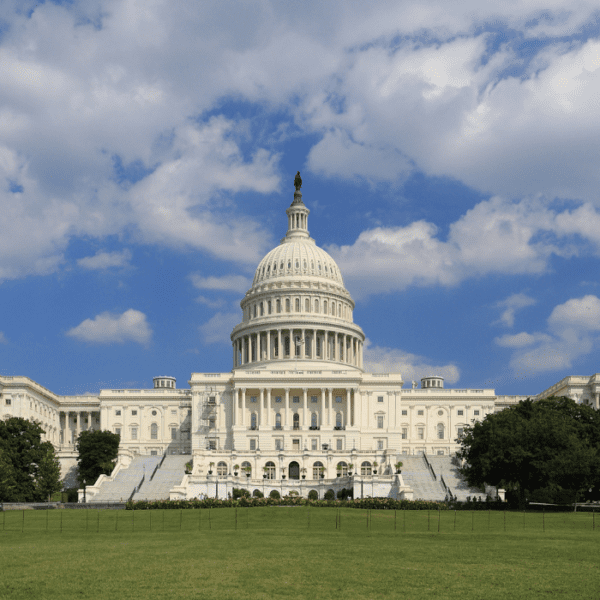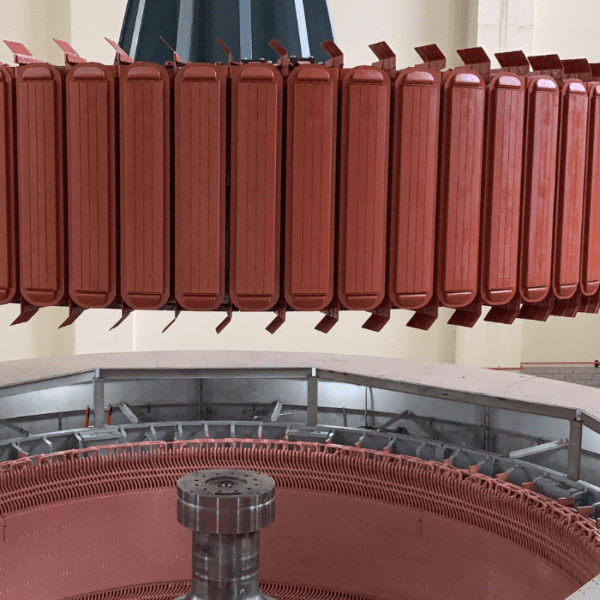A federal clean energy standard (CES) is a top priority for Democrats as the party strives to produce reconciliation bills by September 15, 2021. A leading CES proposal, authored by Senator Tina Smith (D-Minnesota), embraces hydropower as an essential part of a climate solution.
How Does Senator Smith’s Clean Energy Standard Work?
Democrats have agreed to attempt a CES in the reconciliation bill, with Senator Tina Smith designated as a lead for developing the legislative language. While no language is currently available, we can gain some insights by looking at her CES bill from 2019. However, it’s possible a CES is ruled out of order based on the nuanced rules of reconciliation.
Senator Smith’s bill requires utilities to purchase clean energy credits from qualified generators until clean energy represents 100% of their retail sales. Starting with the year in which the proposal is enacted, utilities need to increase clean energy sales by 2.75% per year until clean energy represents 60% of overall retail sales. From there, the required clean energy growth rate drops to 1.75% per year until clean energy represents 90% of sales. For the final 10%, the growth rate drops to 1% per year.
Senator Smith’s definition of “clean energy” includes hydropower, new and existing, and several forms of marine energy – ocean, current, wave, and tidal – along with wind, solar, geothermal, and nuclear. One megawatt-hour of electricity produced by one of these generators is assigned an energy credit based on the carbon intensity of the resource.
To determine the carbon intensity of each clean energy resource, the National Academy of Sciences (NAS), no later than 540 days after enactment of the bill, will make recommendations on the lifecycle greenhouse gas (GHG) impact of each resource, taking into account three factors:
- extraction, production, and distribution of fuels and materials for physical capital
- power generation and transmission
- handling and disposal of waste, by products, and end-of-life materials
One year after the NAS recommendations, the Secretary of the U.S. Department of Energy, in consultation with the U.S. Environmental Protection Agency (EPA), will finalize a rule assigning each resource a carbon intensity based on lifecycle GHG impact. The lower the carbon intensity, the greater the energy credit.
How Does This Impact Hydropower?
At least three major ways:
First, demand for hydropower, both new and existing, should expand significantly under Senator Smith’s proposal, as utilities will need the energy credits produced by hydropower to satisfy their new obligations. For merchant hydropower generators, this is a huge victory. For hydropower-owning utilities, it’s a mixed bag – while their hydropower assets are valued, their ratepayers shoulder the cost of new resource procurement.
Second, the year in which the legislation is signed is critical, as it will determine each utility’s baseline, but does not include a provision to account for the fluctuation in hydropower generation year to year. If the legislation is signed into law this year, a down year for hydropower generation, future years of normal or high hydropower generation could be used to satisfy utilities’ increasing clean energy obligations. Conversely, if hydropower output decreases, utilities will need to make up for the shortfall or face financial penalties.
Third, the lifecycle analysis by NAS and subsequent rulemaking will determine the value of energy credits for each resource using this formula:
Energy credits = 1 MWh of clean energy x [1 – (carbon intensity of the generator)/(0.4)]
Based on the United Nations’ Intergovernmental Panel on Climate Change’s latest assessment, hydropower would receive 0.96 energy credits for every MWh of generation, compared to 0.89 for solar and 0.97 for wind.
What About Pumped Storage?
Energy storage qualifies for clean energy credits under two scenarios:
- If it stores clean energy that otherwise would have been wasted
- If it stores clean energy that was not already awarded an energy credit
For option #1, the level of clean energy growth required by the bill means there will be more instances when variable clean energy exceeds demand. During these moments, pumped storage can earn energy credits by storing the excess clean energy and generating it a later time.
Option #2 is more challenging: the energy credit is based strictly on megawatt-hours and does not place a value on whether that energy was produced on peak or off peak. Therefore, Senator Smith’s CES does not create additional incentivizes for clean energy generators to partner with energy storage to move their energy to the peaks. For clean peak compensation, energy storage operators and developers will need to look elsewhere.
Other Things We Should Know?
If a utility comes up short in clean energy MWhs in any year, they must pay a fee of $30 per MWh. This effectively provides a cap of the value a hydropower generator can expect to receive per MWh.
Imports of clean energy count, as long as the energy is re-sold in the U.S.
Recipients of funds under the act must be in compliance with the Buy American Act and the Davis-Bacon Act.
What’s Next?
Senator Smith is not the only elected official with opinions on how a Clean Energy Standard should work. Over the next few weeks, Capitol Hill will be full of debate.
For its member organizations, the National Hydropower Association (NHA) will keep them up to date via the NHA Legislative Affairs Committee. For details about becoming a member of NHA, contact Diane Lear (diane@hydro.org).












